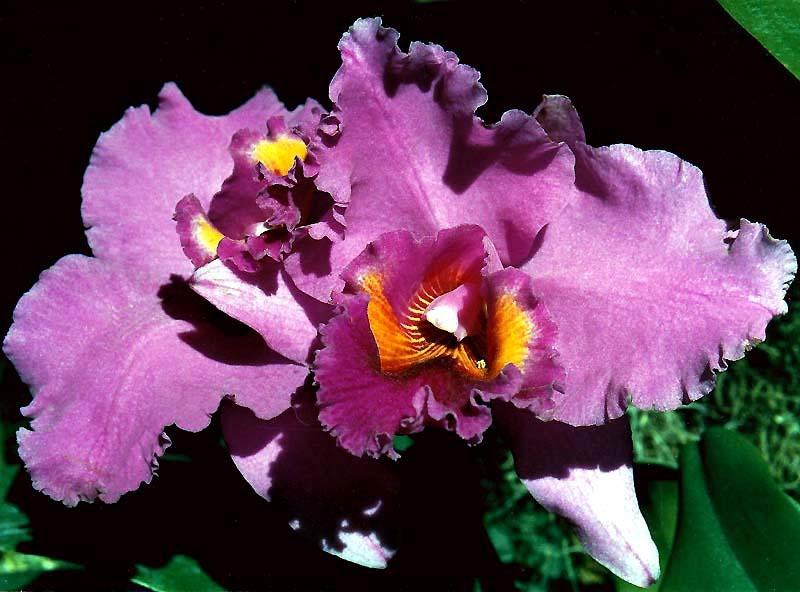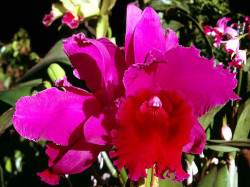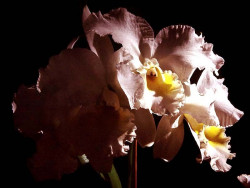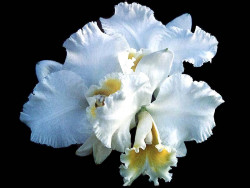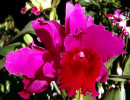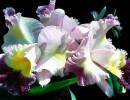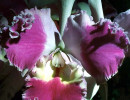Odontoglossum
Odontoglossum Orchids
Odontoglossum, first named in 1816 by Karl Sigismund Kunth, is a genus of about 100 orchids. The scientific name is derived from the Greek words odon (tooth) and glossa (tongue), referring to the two tooth-like calluses on the base of the lip. This genus of cool to cold growing orchids is to be found on open spots in the humid cloud forest at higher elevations from Central and West South America to Guyana, with most species around the northern Andes. The abbreviation for this genus is Odm. in the horticultural trade.
Most are sympodial epiphytes, or rarely terrestrials.
The pseudobulbs are compact with leaf-like bracts at the base. They give one to three apical leaves. An arching (and sometimes erect) inflorescence grows from its base. The ruffled sepals and petals of these spectacular flowers are spreading. The lip is rather complex, entire or with three lobes. It stands erect or parallel to the long column. The high altitude species show long inflorescences with up to 150 flowers (as in O. cirrhosum), while the lower altitude species have shorter inflorescences with up to 20 flowers. These flowers may be white, red, purple, brown, yellow, or even be blotched with a showy blend of many colors.
Many of these species are in great demand with orchid lovers because of their spectacular and flamboyant flowers.
This genus used to contain more than 400 species. Many have now been reclassified in other genera such as Amparoa, Aspasia, Cochlioda, Cuitlauzina, Cyrtochilum, Gomesa, Lemboglossum, Mesoglossum, Miltonia, Miltonioides, Oliveriana, Oncidium, Osmoglossum, Otoglossum, Rhynchostele, Rossioglossum, and Ticoglossum. These new genera occurred outside the Andes in different climatological habitats.

